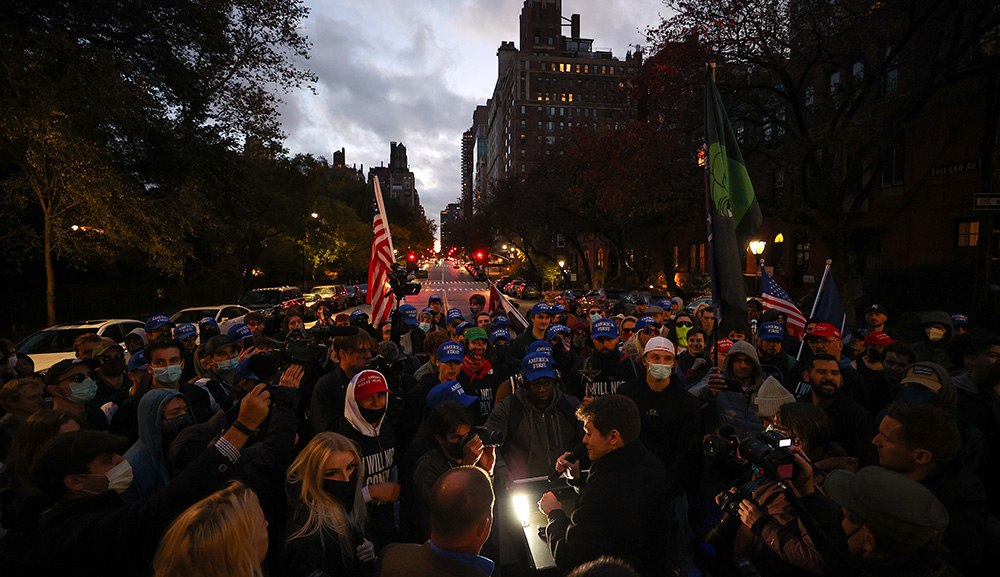After the destruction of the northern kingdom of Israel by the Assyrians in the 8th century BCE, some of its subjects—member of the Ten Lost Tribes—settled in what is now the Syrian city of Palmyra, where they eventually adopted the local Aramaic language. In the 6th century BCE, likely fleeing an expansionist Babylonia, Israelites and Arameans in Syria resettled in Egypt, where they continued to live side by side. One such Israelite-Aramean community produced a remarkable text, which scholars have only recently been able to make sense of, as Karel van der Toorn writes:
It is one of the most spectacular discoveries in ancient Near Eastern studies of recent years—an Egyptian papyrus from the mid-4th century BCE containing three psalms that originated in the [northern] kingdom of Israel before the fall of Samaria (722 BCE). They provide unique insight into the beliefs and practices of the early Israelites.
The scribes of the scroll used Egyptian Demotic script to write texts in the Aramaic language. The Israelite psalms are also in Aramaic, though several irregularities show they were originally in Hebrew. One of them bears a close resemblance to Psalm 20. The two others are completely new to us. They stand side by side in the papyrus, connected by a common theme.
These songs were to be sung at the autumn harvest festival and the God they invoke is called Yaho [a variation of the Tetragrammaton] or Adonay, [“my Lord”]. There are references to sacrifices of lambs and sheep, bowls filled with wine, and music of lyres and flutes. On the day of the new moon, [i.e., the first day of the Hebrew month], there is a solemn banquet for the God and his worshippers during which Yaho determines destinies for the year to come. “The Merciful One exalts the great, Yaho humiliates the lowly one.” The psalms celebrate his kingship over all other gods. In combination, these various elements point to a setting in the New Year festival—the historical antecedent of Rosh Hashanah. . . .
Understanding these texts has taken over a century. . . . Because the Aramaic texts were written in the Demotic script, experts classified the scroll initially as an Egyptian papyrus. After Lord Amherst of Hackney acquired the text in the 1890s, Egyptologists tried in vain to break its code. Papyrus Amherst 63 was a particular mystery. It took the collaboration of an Aramaic scholar and a Demotic specialist to solve the riddle.
Read more at Ancient Near East Today
More about: Ancient Egypt, ancient Judaism, Aramaic, History & Ideas, Psalms, Rosh Hashanah, Ten Lost Tribes


